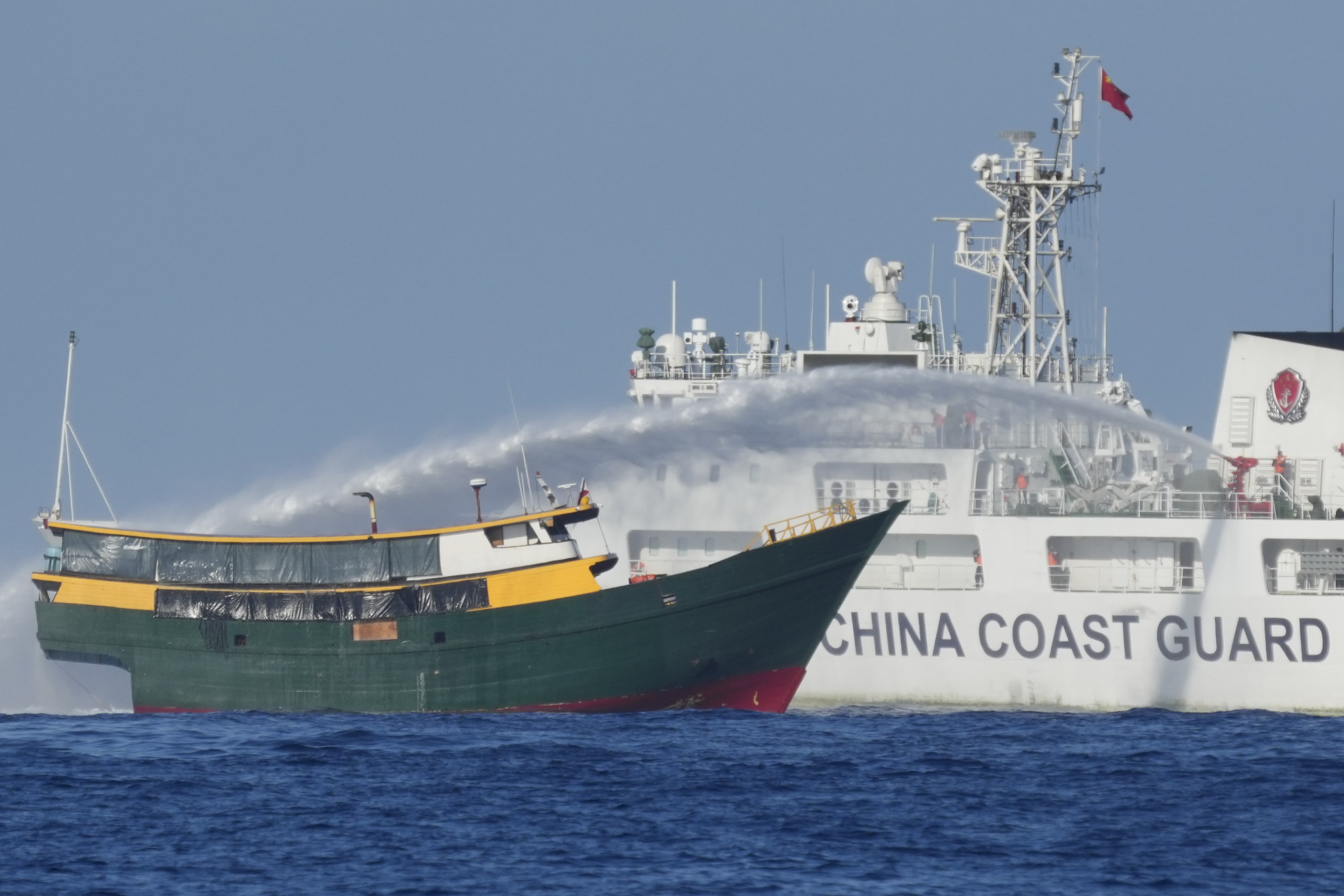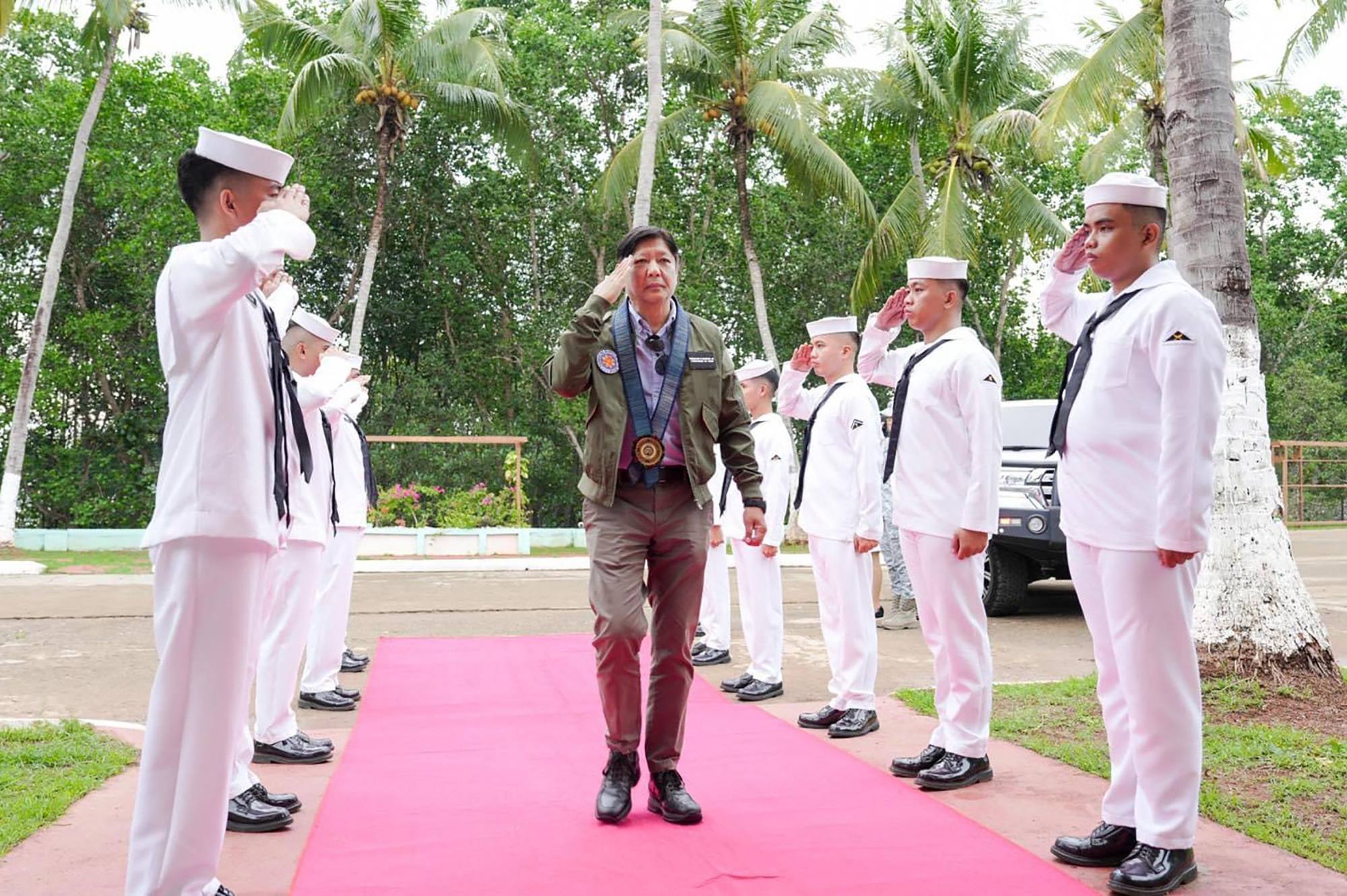No South China Sea? Calls grow for Philippines to include maritime history in curriculum
Carpio on Tuesday warned in an ABS-CBN interview that a lack of historical knowledge on treaties signed by former colonial rulers of the Philippines could be a problem, arguing that it “should be included in the new curriculum”.
He also questioned the origin of the South China Sea name, insisting the Chinese previously only called it the “South Sea” in colonial times and “the Portuguese called it the South China Sea to distinguish it from the East China Sea”.
Congresswoman Margarita Nograles, the representative of Puwersa ng Bayaning Atleta (PBA) on Sunday recommended that Angara include in the curriculum Manila’s claim to the West Philippine Sea, its name for a part of the South China Sea within its exclusive economic zone.

“Educating our youth about the significant issues surrounding our territorial claims in the West Philippine Sea is crucial for fostering a well-informed citizenry and cultivating a sense of national pride and responsibility,” she said.
Filipino students must be taught comprehensively about the 2016 arbitral ruling, according to Nograles.
“Our young Filipinos should be aware of the legal and historical context of our territorial claims to better appreciate the efforts of our government and diplomats in defending our sovereignty,” Nograles said.
Marcos Jnr made a similar call when he appointed Angara.
“The one thing I asked of him was to please teach our children Philippine history. Because I have seen my children’s workbooks and there’s very little said about the history of the Philippines. And for me, that is so important,” Marcos Jnr said.
Since last year, the education department has revised the curriculum to include lessons on the West Philippine Sea and the 2016 ruling.

Under a draft by the department, lessons on “the islands of the West Philippine Sea” will be taught in Grade 10 under “territorial issues and border conflicts”. The 2016 victory of the Philippines against China over their maritime row is a topic listed under “responses to economic challenges” in the same grade.
The Hague ruled in 2016 that Beijing’s claims over the South China Sea through its so-called nine-dash-line had no legal basis and instead recognised Manila’s sovereign rights in the waterways. China has refused to accept the verdict until now.
The draft was released last year but there have been no updates during the stint of outgoing education secretary Duterte.
Political analyst Edmund Tayao, president and CEO of think tank Political Economic Elemental Researchers and Strategists, told This Week in Asia on Tuesday that he welcomed the proposal but said a more comprehensive education about the country’s history was fundamental.
“A functional understanding of the issue requires a more comprehensive study, which includes pre-colonial Philippine history that requires more initiatives and therefore support,” Tayao said.
“This perspective will allow Filipinos a clearer and fuller understanding of our being an archipelagic nation and its implications in our day-to-day lives and most especially in policymaking. So far, we don’t have that, hence the difficulty not only for the people to be involved but also for policymakers to appreciate the imperative of a more holistic approach to it,” he added.
Carpio said in the TV interview when the Americans arrived in the Philippines in 1874, they adopted the Spanish map of the region, which included Scarborough Shoal and the Spratly Islands.
After the Spanish-American War in 1898, which ended Spanish colonial rule, Spain sold the Philippines to the US for US$20 million as stipulated in the Treaty of Paris, excluding Scarborough Shoal and the Spratlys. In 1900, Spain and the US signed the Treaty of Washington to include areas not covered under the Paris deal.
“So it’s clear since ... Spanish time, the American regime, and the Philippine republic, the Scarborough Shoal and Spratly Island were included in the Philippine territory,” Carpio insisted.
In addition to the Philippines and China, Malaysia, Brunei and Vietnam also have competing claims in the South China Sea.
Tensions between the Philippines and China over the South China Sea dispute have led to multiple clashes and triggered diplomatic protests from Manila.
When Marcos Jnr won the 2022 Philippine presidential election, he did not follow the pro-China foreign policy of his predecessor Rodrigo Duterte and instead leaned closer to the US.
In February last year, Marcos Jnr gave the United States access to military sites across the country under the bilateral Enhanced Defense Cooperation Agreement (EDCA) to boost the Philippines’ defence capabilities and response to natural disasters.
The agreement has led to a larger deployment of American soldiers and their equipment in the Philippines, such as during bilateral military exercises, including in April this year when the US deployed its highly advanced Typhon missile system.